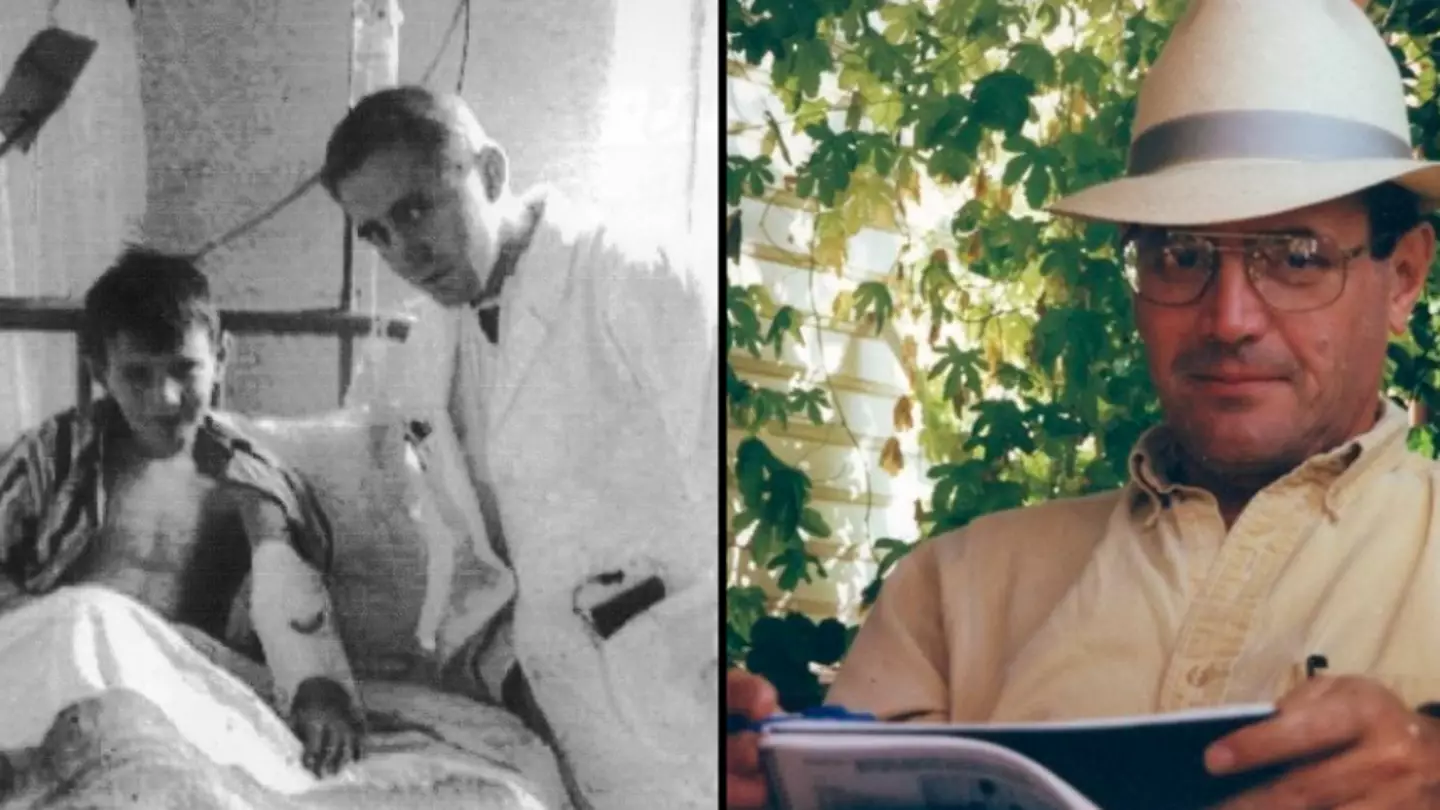
We often take things for granted during the festive period and nothing highlights that more than the struggles of a young boy who gave his name to a rare condition named ‘Christmas Disease’.
Stephen Christmas was diagnosed in 1952 at the age of five before it took doctors months to find out what was going on.
When British-born Stephen was just 14 months old he accidentally crushed his hand with a toy, which caused was a large haematoma to form on his hand and forearm.
Advert
After moving to Canada with his family after the war, the boy went a number of hospital visits and doctors believed that he was suffering from classic haemophilia.
However, in 1952, his diagnosis proved to be incorrect after doctors realised that Stephen wasn't deficient in Factor VIII, the protein haemophiliacs usually lack.

Doctors discovered that the protein which he was lacking was Factor IX and published their findings in the British Medical Journal on 27 December 1952 in a paper titled 'Christmas Disease: A Condition Previously Mistaken for Haemophilia'.
Advert
"Named after the first diagnosed case in 1952, Stephen Christmas, this disorder earned the moniker 'the royal disease' due to its notable presence in the royal families of Spain, Germany, England, and Russia," explains the National Library of Medicine.
"Clinical presentations of the disease vary in severity, with males affected by the severe form displaying spontaneous and severe bleeding at birth.
"In contrast, individuals with milder cases usually experience bleeding primarily after trauma or surgery, and symptoms may not become apparent until later in life."

They added: "Hemophilia B, also known as Christmas disease, is the second most prevalent form of hemophilia.
Advert
"A defect in the F9 gene causes hemophilia B, leading to inadequate production of factor IX.
"The genetic defect can occur either through X-linked inheritance or a spontaneous de novo mutation.
"Although this condition predominantly affects males, the carrier females may also occasionally experience more significant bleeding symptoms."
Due to the condition, Stephen mainly relied on blood transfusions to treat excessive blood loss.
Advert
But in 1985, at the age of 38, Stephen was diagnosed with the human immunodeficiency virus (HIV) after receiving a transfusion of contaminated blood.
He was later diagnosed with stage 4 malignant melanoma in July 1993 and in December of that year, Stephen died four days short of Christmas.
Featured Image Credit: BMJ/Family Handout